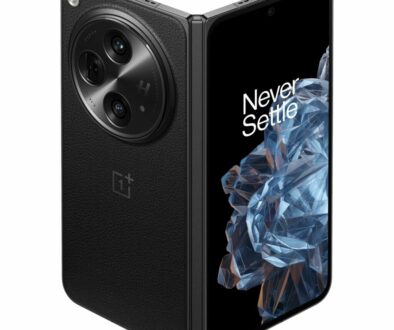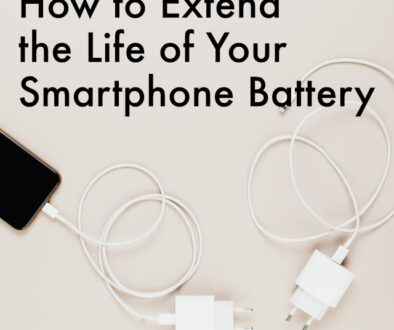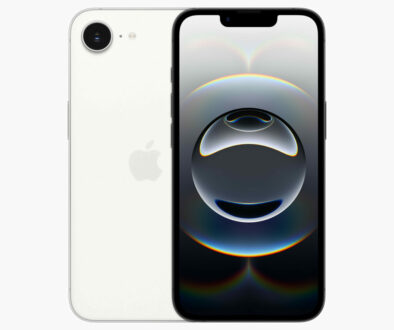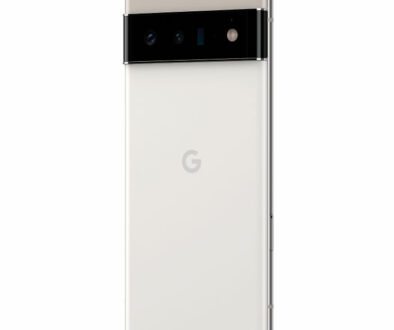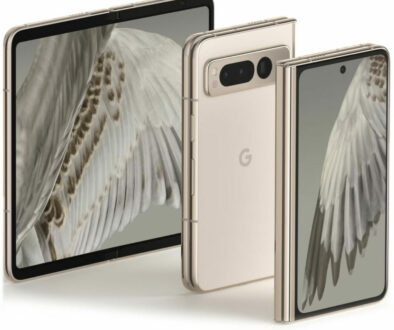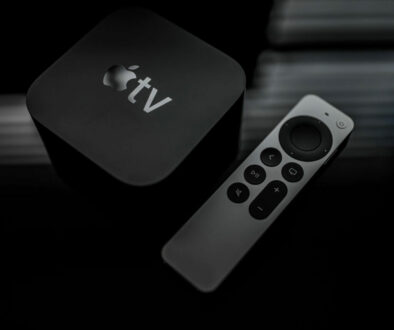Oppo Find X3 Pro 5G Review: Flagship phone bulging with features
The smooth moulded bulge that houses the rear facing cameras isn’t the only one bursting with features. The Oppo Find X3 Pro is everything a flagship phone should be and then some. A 120Hz QHD+ display with HDR, 4 rear sensor camera, quickest in class fully charged in 35 minutes and flagship Snapdragon 888 chip with 5G connectivity. Let’s see what this phone can do.
From the world’s number 4 smartphone maker comes their flagship offering the Oppo Find X3 Pro. Priced to compete with the likes of Apple’s iPhone 12 Pro Max and Samsung Galaxy S21 Ultra, this is a big handset that seeks to earn its place among the big boys and managed to pull out all the stops to do that.
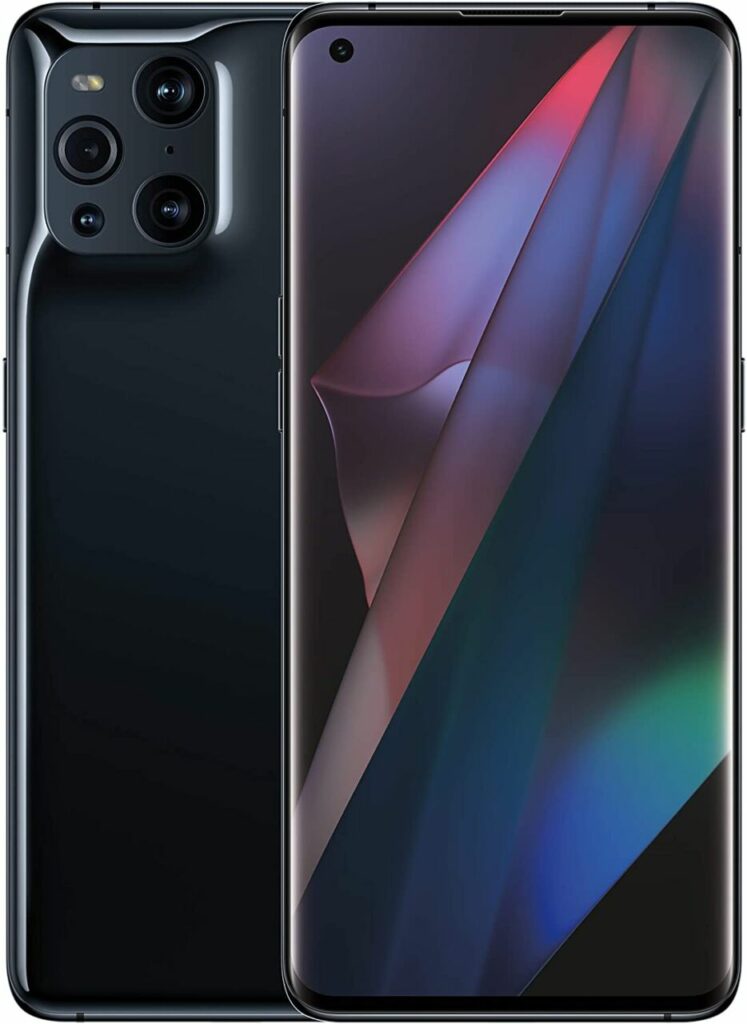
The Chip
For starters, it is powered by the flagship chip from Qualcomm, the Snapdragon 888, same chip that powers todays flagships Samsung Galaxy S21, ASUS ROG Phone 5, OnePlus 9 and 9 Pro, Black Shark 4 Pro, Xiaomi Mi 11, Realme GT and Nubia Red Magic 6 Pro. That 8-core chip is paired with an equally powerful Adreno 660 CPU a powerful combination to play todays most demanding mobile games titles. It may not have the DNA or the radical looks of a mobile gaming phone from the likes of Black Shark 4 Pro, Realme GT, Nubia Red Magic 6 Pro or ASUS ROG Phone 5, it will game just the same. All of these are powerful smartphones but the Oppo flagship stands out with its one of a kind rear camera cluster.
RELATED:
- The Best Flagship Smartphones with Snapdragon 888 Chip
- Best Smartphones for Gaming and What to Look For
For storage, there is ample room in the 256GB available and for a flagship, it is certainly not short of memory either. There is an equally spacious 12GB RAM enough for you to multi-task and switch between applications quickly and easily.
The Display
After the chip, the next most important thing is the display. We interact with the display whenever we pick up the device. Every flagship is a small investment and having a great screen means it is money well spent. The Find X3 Pro went with a big 6.78-inch AMOLED panel. This is slightly bigger than iPhone 12 Pro Max’s 6.7-inch OLED. It also packs more pixels per inch with a QHD+ resolution. That’s 3216 x 1440 pixels and 525ppi. The pixel count on the Pro Max’ Super Retina XDR is only 458ppi.
But, what is most important for today’s users is the screen’s refresh rate. To ensure that scrolling and gaming is super smooth, the colourful 10-bit display can hit 120Hz refresh rate. Gamers would want a high refresh rate panel as more and more developers are starting to roll out games that takes advantage of these. On the subject of colour, there are different modes that you can pick to suit your applications. These are as below:
- Vivid mode: 97% NTSC/100% DCI-P3 (Typical)
- Gentle mode: 71% NTSC/100% sRGB (Typical)
- Cinematic mode: 97% NTSC/100% DCI-P3 (Typical)
- Brilliant mode: 104% NTSC/100% DCI-P3 (Typical)
On top of that, it also supports HDR10+ for super high contrast of up to 12million to 1 and a powerful panel that can kick up to a peak of 1300 nits if need be with a standard typical brightness of 500nits. The latter means, there will be no problem using the device outdoor even under direct sunlight.
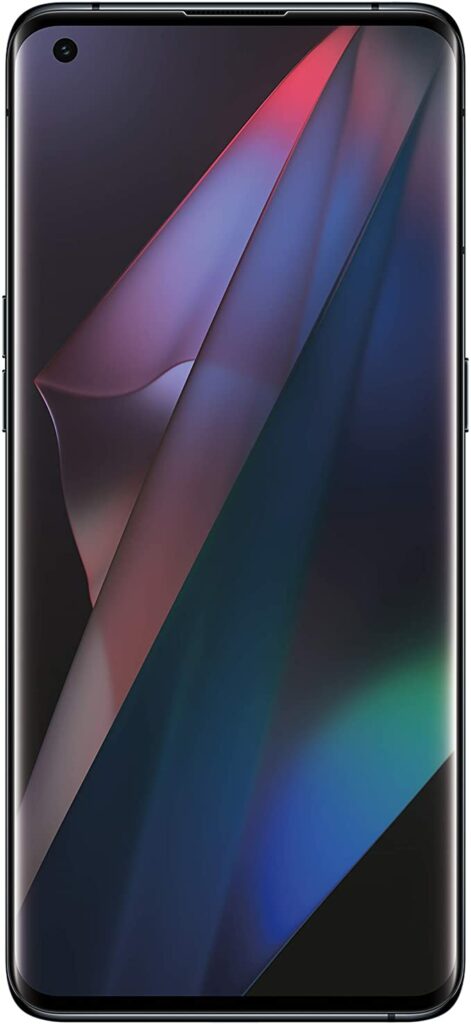
The Design
That backplate is in fact made from a single piece of moulded glass. Instead of a thicker more distinctive corner for the rear camera cluster, it is a gradual bump making it more elegant than just just an extra thick section. Think of it like the curves on a sporty car. When the light falls on it, it shows. On the camera bulge are three bigger lenses arranged just like the iPhone’s camera cluster, while the fourth, a telephone is on the lower left corner and the flash sits just opposite that in top left corner.

On the right edge is the power button and on the left edge are the volume control buttons. Turn the phone around and you see that it is wrapped with a rounded edge frame that does not get in the way of viewing at all. Almost zero bezel with a high 92.7% screen to body ratio, the screen has a punch hole for the front facing camera on the top left corner. It also hides an on-screen fingerprint sensor near the bottom edge.
But what is most important, being a flagship is the water tight design and ruggedness. With Gorilla Glass 5 on both sides and IP68 rating, it does not disappoint. We think these ought to be standard in all flagship, whatever the price point. Even with glass on both sides Oppo manages to keep the thickness and weight down to 8.26 mm and 193 grams respectively.
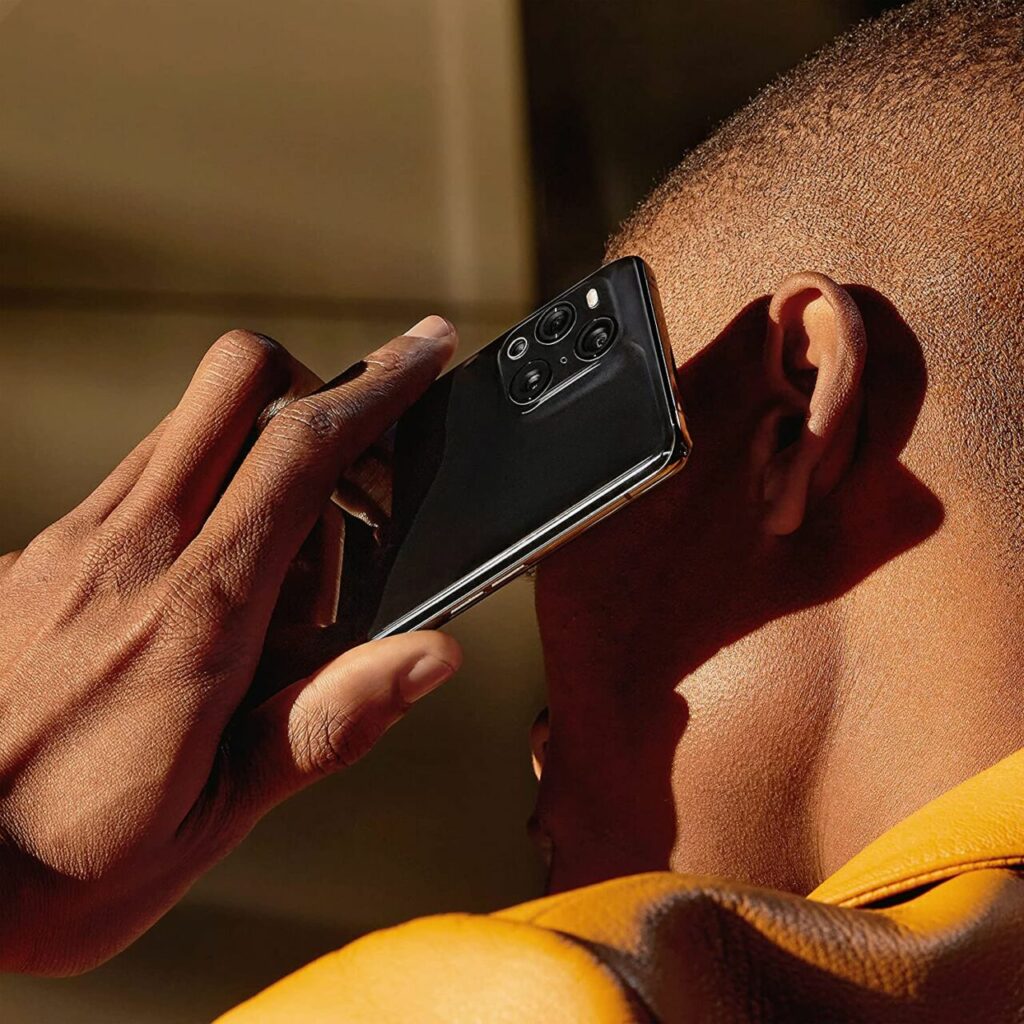
The Quad Camera Setup
As more and more users are ditching the conventional digital cameras and using the camera on board their smartphone it pays to invest in one that support all the possible shooting modes and be able to copy well with different lighting levels. While the previous generation Oppo Find X2 Pro achieve a DXOmark of 126 sharing the spot with Galaxy S20 Ultra 5G, we have yet to receive an official rating for Oppo Find X3 Pro.
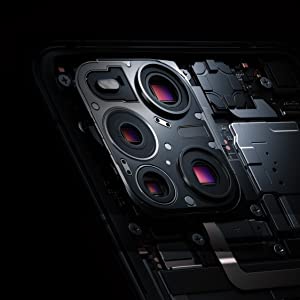
Rest assured the quad camera setup has what it takes to get a high score with what we see of Xiaomi Mi 11 Ultra, currently the best smartphone camera in the world (DXOmark). This generations Oppo Find X3 Pro uses a 50MP wide angle sensor with f/1.8 aperture and Image stabilisation, a 50MP ultra wide angle sensor with f/2.2 aperture and 110.3° field of view and 13MP telephoto camera with f/2.4 aperture and 5x hybrid optical zoom with 2x real optical zoom from telephoto and 20x digital zoom. A fourth sensor is for shooting close-ups, a 3MP macro camera with 60x magnification. For the front selfie camera, Oppo chose a 32MP f/2.4 sensor with 81° FOV.
Unfortunately, the cameras are only capable of recording up to 4K at 60fps video. There is no 8K recording here which is a little disappointing if you wish to future proof your device. Not that 8K televisions are becoming the norm anytime soon. It will probably be 3 to 5 more years before that goes mainstream. Rest assured that the 4K video will be smooth with both AI and optical image stabilisation.
The Battery
How do you get from 0 – 100% in around half an hour. The trick is splitting up the batteries into two and charging them up simultaneously. The Oppo Find X3 Pro 5G does not have one but two batteries at 2200mAh and 2250mAh for an equivalent total of 4500mAh. For a phone this size, its big. This means with a 65W SuperVOOC Flash Charge, it can pick up to 40% battery level in 10 minutes. But that is not all, it also supports quick wireless charging with support for up to 30W with AirVOOC Wireless Flash Charge. And, just like Samsung’s flagship, supports Reverse Wireless Charging to share your power. All this while managing to keep its cool and not overheat. Definitely a feature to celebrate on its own.
Final Thoughts
There couldn’t be a better time to buy a smartphone, especially when you are in the market for a flagship. Previously, one would look to Apple, Samsung or Google for a good flagship smartphone. Now, there are so many capable flagships from OnePlus, ASUS, Oppo, Xiaomi, Vivo and Oppo. We are spoilt for choice.
It is without a doubt that the Oppo Find X3 Pro is up there with the rest. It has a powerful processor, an amazing quad shooter, plenty of memory and storage to boot. What Oppo got right is that lovely high refresh rate screen. Depending on your chosen display mode, it is going to be a balance between battery life and image quality. The higher the resolution and the higher the refresh rate setting, 120Hz the faster the battery is going to drain. If you are used to Apple iPhone 12 Pro Max or Samsung Galaxy S21 Ultra, you will feel at home with the Oppo Find X3 Pro.
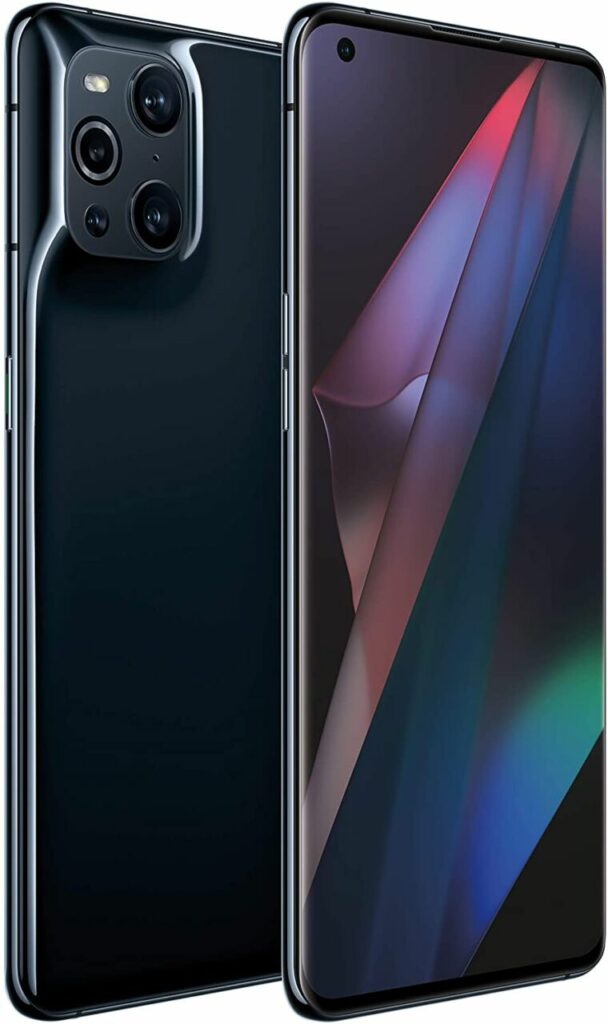
Specifications
| DIMENSIONS WEIGHT | 163.6 mm x 74.0 mm x 8.26 mm (Glass version) |
| *Note: Phone dimensions may vary slightly depending on the product configurations, manufacturing process, and measurement method. | |
| MEMORY | 12GB RAM + 256GB ROM |
| RAM Type: LPDDR5 @ 3200 MHz 4 x 16 bits | |
| ROM Type: UFS3.1 @ 2Lanes HS-Gear4 | |
| External Memory: Not supported | |
| USB Version: USB 3.1 | |
| USB OTG: Supported | |
| RAM channels: 4 | |
| CAMERA | Rear: 50MP Wide-angle Camera: Sony IMX 766 sensor, 1/1.56″ sensor size, f/1.8 aperture, OIS, All Pixel Omni-directional PDAF |
| 50MP Ultra-wide-angle Camera: Sony IMX 766 sensor, 1/1.56″ sensor size, f/2.2 aperture, Native 110.3° Field of View, All Pixel Omni-directional PDAF | |
| 13MP Telephoto Camera: f/2.4 aperture, 5x hybrid optical zoom, 20x digital zoom | |
| 3MP Microlens Camera: 60x magnification, FHD Video Recording, f/3.0 aperture | |
| Front: 32MP, f/2.4, FOV 81°, 5P lens | |
| Shooting Mode | |
| Rear: Photo, Night, Video, Portrait, Dual-view video, Slo-motion, Time lapse, Movie, Expert, Panorama, Text scanner, Microscope, Sticker, and Google Lens | |
| Front: Photo, Video, Portrait, Night, Dual-view video, Time lapse, Panorama, and Sticker | |
| DISPLAY | Size: 6.7″ (17.02cm) |
| Screen Ratio: 92.7% | |
| Resolution: 3216 x 1440 (QHD+) | |
| Refresh Rate: 120 Hz (Max) or 60 Hz | |
| Touch Sampling Rate: Maximum: 240 Hz (2 fingers) / Default: 120 Hz (10 fingers) | |
| Colour Gamut: Vivid mode: 97% NTSC/100% DCI-P3 (Typical) / Gentle mode: 71% NTSC/100% sRGB (Typical) / Cinematic mode: 97% NTSC/100% DCI-P3 (Typical) / Brilliant mode: 104% NTSC/100% DCI-P3 (Typical) | |
| Pixel Density: 525 PPI | |
| Contrast Ratio: Static contrast ratio (Max): 5,000,000:1 (Typical) / Dynamic contrast ratio (Max): 12,000,000:1 (Typical) | |
| Brightness: Default peak brightness (typical) measured when the full screen is illuminated: 500 nits | |
| Peak brightness (typical) measured with increasing excitation intensity: 800 nits | |
| Peak brightness (typical) measured when only part of the screen is illuminated: 1300 nits | |
| Brightness level (Max): 8192 | |
| Panel: AMOLED (Soft/LTPO) | |
| CPU | CPU: Qualcomm® Snapdragon™ 888 Mobile Platform |
| CPU Speed: 1 x 2.842 GHz/ 3 x 2.419 GHz/ 4 x 1.786 GHz | |
| CPU Cores: 8 cores | |
| GPU Model: Adreno™ 660 | |
| POWER | 2200 mAh/17.02 Wh (min) 2250 mAh/17.41 Wh (typ) |
| * Note: Two series-connected cells, equivalent to a total capacity of 4500mAh | |
| Fast Charge | |
| SuperVOOC 2.0/SuperVOOC/VOOC 3.0/PD (9 V/2 A)/QC (9 V/2 A)/PPS (30W) | |
| Supports Fingerprint Unlock and Face Recognition Unlock | |
| CONNECTIVITY | WLAN: Wi-Fi 6 (802.11ax), Wi-Fi 5 (802.11ac), 802.11a/b/g/n/, Wi-Fi 2.4G/5.1G/5.8G |
| Supports Wi-Fi Display, Wi-Fi tethering, and Simultaneous Dual Band (Wi-Fi 2.4 GHz 2×2 + Wi-Fi 5 GHz 2×2); supports Wi-Fi 5 GHz 160 MHz | |
| Supports 2×2 MIMO and 8 spatial-stream sounding MU-MIMO | |
| Bluetooth Version: Bluetooth 5.2 | |
| Bluetooth Audio Codec: SBC, AAC, APTX HD, LDAC, APTX, APTX TWS+, and LHDC | |
| USB Interface: Type-C | |
| Earphone Jack: Type-C | |
| NFC: Supported | |
| SENSORS | Geomagnetic |
| sensor | |
| Ambient light sensor | |
| Colour temperature sensor | |
| Proximity sensor | |
| Accelerometer | |
| Gravity sensor | |
| Gyroscope | |
| Pedometer |


